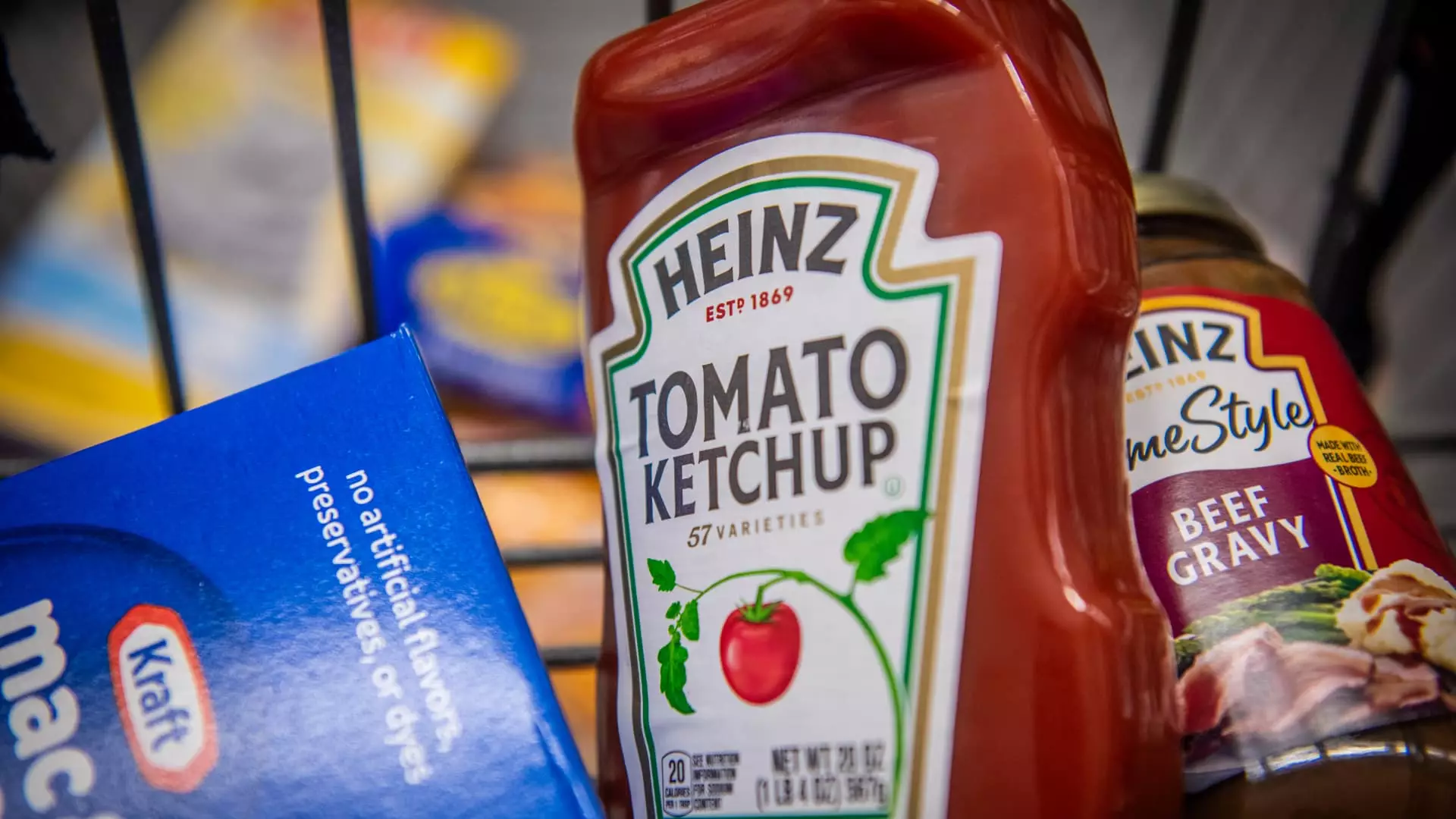In a striking display of resilience, Walmart has made headlines with a significant leap in its stock prices, soaring almost 5% to achieve an all-time high. This uptick follows the retail giant’s impressive fiscal third-quarter results, which outperformed both earnings and revenue expectations. Walmart’s strategic focus on enhancing its e-commerce platform and diversifying its product offerings beyond groceries has paid off remarkably. Notably, this successful expansion demonstrates Walmart’s adaptability in the competitive retail landscape, particularly as consumer preferences shift towards online shopping. Moreover, the company’s decision to raise its financial outlook further signals optimism about its growth trajectory, keeping investors engaged and enthusiastic.
Super Micro Computer has witnessed a remarkable surge of 29.2% in its stock price following the announcement of BDO as its new auditing partner, stepping in after Ernst & Young resigned. This change in auditors can often reflect internal restructuring, and investors are reacting positively, perhaps interpreting it as a move towards enhanced corporate governance and accountability. Beyond the auditor switch, Super Micro also conveyed its compliance plans to Nasdaq, reinforcing investor confidence that the company is on track to meet necessary regulatory standards. Such moves signal a proactive approach that may well stabilize the company’s position in the stock market.
Contrasting sharply with Walmart’s triumph, home improvement retailer Lowe’s has seen a decline of more than 3% in its stock value. Investors reacted unfavorably to the company’s projections for a sales downturn in 2024, which overshadowed a robust third-quarter financial performance. The mixed signals created by positive past results alongside a pessimistic outlook can leave investors feeling apprehensive about Lowe’s future. This scenario highlights a crucial aspect of stock trading: how forward-looking guidance can significantly impact market sentiment, often more so than past performance metrics.
Kraft Heinz has experienced a modest decline of approximately 1% in its stock, primarily influenced by Piper Sandler’s downgrade of the company’s stock rating from overweight to neutral. The investment firm raised concerns about Kraft Heinz’s struggle to rejuvenate its retail sales, notably hitting a snag with its Lunchables brand. Furthermore, speculations about the potential political implications of Robert F. Kennedy Jr. being part of the Trump administration add another layer of uncertainty, leading investors to tread carefully in their dealings with Kraft Heinz stocks.
In a contrast to the struggles faced by other companies, Insmed celebrated an 8% increase in share value after terminating a $500 million equity sales agreement with Leerink Partners. This decision may reflect a strategic pivot focusing on altering its financial approach, effectively building investor trust during turbulent times. By moving away from potential dilution of shares, Insmed may be positioning itself for a more robust future, which resonates positively within the market.
Viking Holdings may have bested Wall Street expectations with an adjusted earnings report, yet saw a slight dip of 1% in its shares, indicating a disconnect between strong performance and market reactions. Analysts had forecasted lower earnings, and while Viking’s revenue of $1.68 billion showcased impressive progress, the subdued stock performance reflects an intricate relationship between earnings announcements and investor sentiments. Meanwhile, Symbotic experienced a stock surge of 26.2% after exceeding revenue expectations. Their proactive stance on guidance for the upcoming quarter portrays a commitment to maintaining momentum, suggesting a bright outlook amid broader market fluctuations.
The midday trading scene showcases a diverse array of company performances, highlighting how market perceptions, strategic decisions, and forward-looking guidance play pivotal roles in driving stock trends. As investors navigate these dynamics, the ability to interpret signals from both past performances and future projections remains crucial in making informed decisions.

